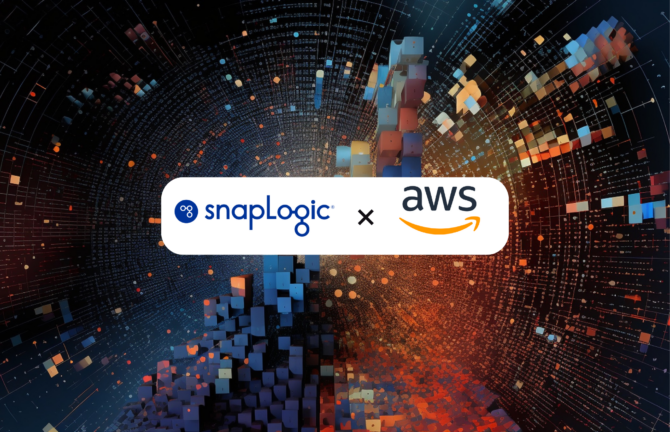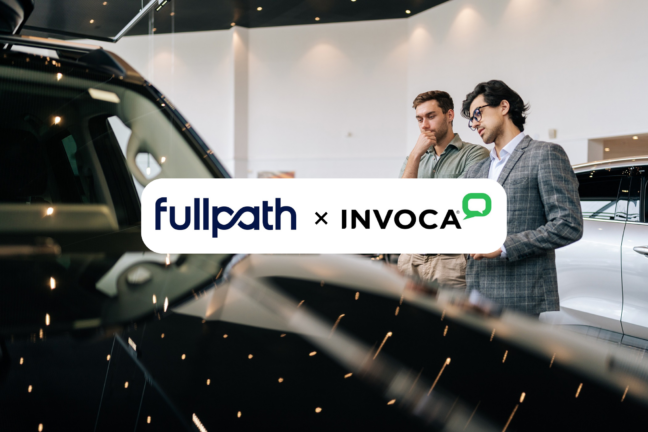The meteoric rise of large language models proved transformative across a range of industries: healthcare, finance, hospitality and travel, content creation, and perhaps most of all - customer service.
At their core, large language models are advanced artificial intelligence systems designed to comprehend and generate human-like text, leveraging the power of deep learning and vast data repositories.
Their ability to detect nuances in customer interactions and respond accordingly in seconds is but one of the benefits that made them so innovative in the customer service field. To unearth why they are so unique and how they are different from earlier AI technology used in customer service, we spoke with none other than Rob LoCascio, CEO of LivePerson. This company has recently supercharged its platform with large language models and generative AI capabilities.
Why are Large Language Models so revolutionary for customer service?
It’s not just customer service. LLMs can transform any use case where you want to generate text based on a set of data, and they can even feed into voice AI to generate spoken conversations that feel real. Businesses have always dreamed of being able to automate truly human-like conversations on a massive scale, but the effort and expense were too great. LLMs and generative AI put that dream within reach. The technology now exists to teach a model to be a great, not just “good enough,” communicator on behalf of a brand.
How do LLMs complement existing technology like Conversational AI?
LLMs are a kind of generative AI, meaning that instead of manually programming systems to understand and address all user queries, they can respond by understanding and generating text in the moment, trained on billions of words to understand the underlying patterns. For example, in the past, probabilistic models would try to figure out your intent as a customer, then surface an answer for you, often in the form of a link to something like a knowledge base article.
LLMs, on the other hand, simplify things by providing the consumer with a more natural response tailored to their specific question and situation. And because they do not have to be so finely tuned with all kinds of permutations to try and respond to what consumers are asking, brands can launch them in a matter of days, not months.
For example, LivePerson’s Conversation Autopilot, which was just launched as part of LLM upgrades to our platform, directly assists customers with ChatGPT-like conversations across voice and text-based channels. Businesses can use it to automatically generate virtual assistants from knowledge base content, all without complicated technical lift or setup.
While LLMs can help with the automation of simple processes, what are the ways they help agents in handling customer conversations?
In general, leveraging AI for better CX allows organizations to:
- Reduce wait times and resolve the consumer’s intent more efficiently
- Meet customers where they are, giving them options to reach brands however and whenever they choose
- Deliver a more personalized experience that considers the history and context of the specific customer’s relationship with your brand
- Free up human agents for more complex tasks that require a more personal touch.
In addition to Conversation Autopilot mentioned above, LivePerson’s latest platform upgrade includes a number of new capabilities designed to empower businesses to safely and productively leverage LLMs for maximum cost savings and impact. For example, our new Conversation Copilot helps agents in two main ways:
First, it provides instant recommended answers for human agents based on any content ingested into the business’ knowledge base: websites, PDFs, spreadsheets, and more. Agents in the loop can then edit and use the recommendations as they see fit to best support customers.
Second, it can auto-summarize transferred or escalated conversations, covering everything from customer questions and concerns to attempted resolutions from bots and agents. This context helps agents reduce repetition and make informed decisions.
Can LLMs be used by smaller businesses that do not yet have a large database of conversations to train the models? Is the efficiency of the models the same in these cases?
All businesses have their own data and can use it to power conversations with the help of LLMs. For example, a business of any size can take the info on its website, or even just PDFs with information about the company and its basic facts and policies, and use our new capabilities to ingest any and all of that information into the knowledge base. This leads to instant recommendations for agents or even bots that now “know” that information and can talk to your customers about it.
The best practices that exist for enterprises can also be applied to small businesses.
- Keep humans in the loop to keep any consumer-facing AI grounded, factual and relevant.
- Think beyond silos: To be most successful, chatbots and Generative AI have to be hooked into systems that allow your organization to generate insights and take action. This is especially important for small businesses with limited resources.
- Combine the capabilities of Generative AI with the right data. The unique needs and interests of your enterprise have to be reflected in the data set that your AI uses, even if it’s just giving the AI as much info as possible about your business to get started.
- Take steps to ensure that you are not perpetuating systemic bias in AI. For a small business, this can mean working with a trusted partner that is known to have put responsible and safe AI first.









